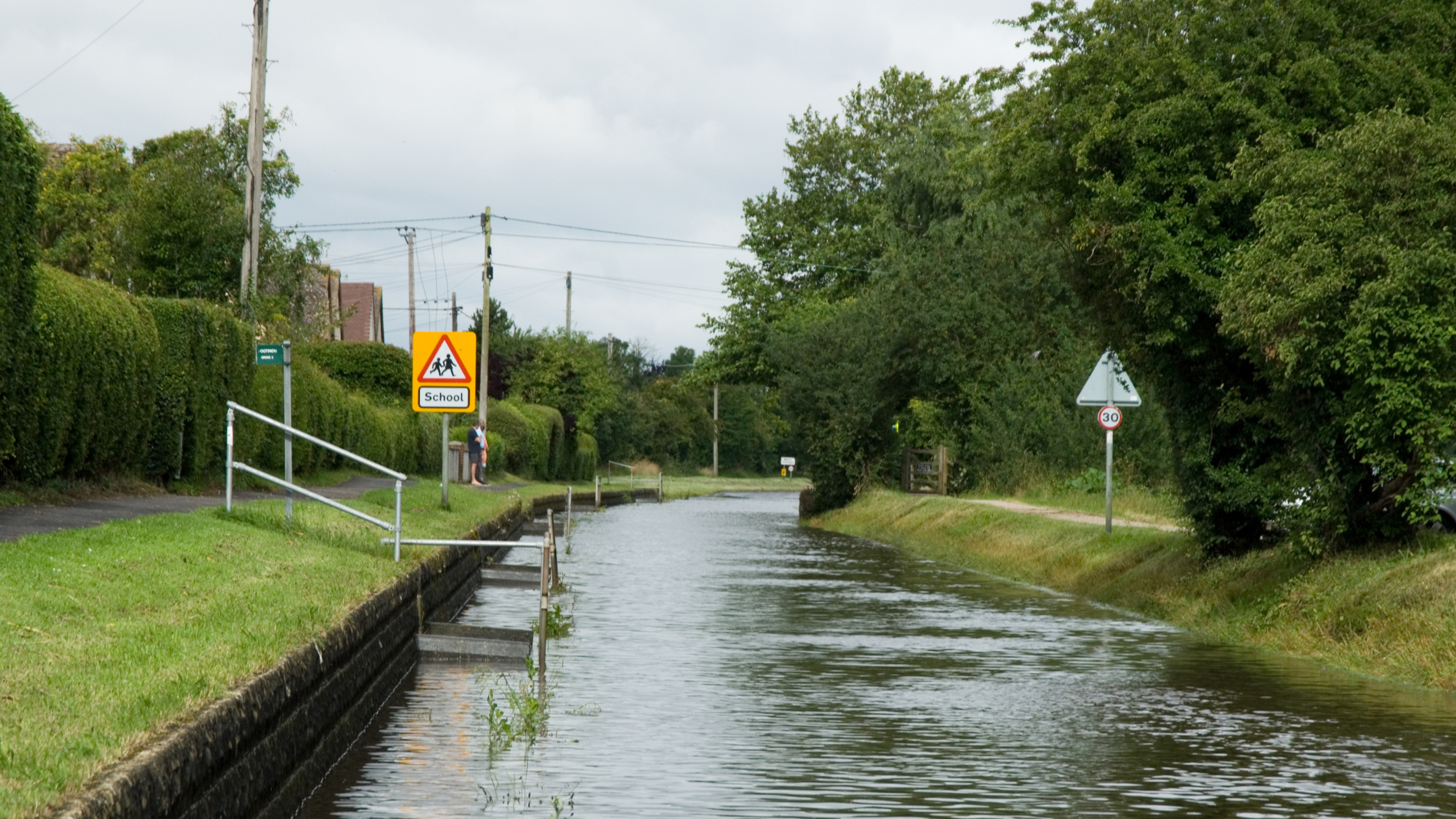
25% of planned flood defence projects abandoned in England
What’s happening? A National Audit Office (NAO) report reveals there will be a 40% reduction in the number of properties earmarked for better flooding protection by 2027, with 500 of 2,000 new flood defence projects also abandoned. The homes forecasted to be under enhanced flood protection by 2027 have been cut from 336,000 to 200,000, leaving 136,000 more homes at risk of flooding than in 2020. Despite the government doubling capital funding to £5.2bn ($6.4bn) to combat flooding, a quarter of new flood defence projects will not proceed, with the Environment Agency (EA) blaming inflation for the cuts in protection. The EA is £34m short of its expected budget due to inflation, meaning only 94%-95% of its assets will be maintained at the required condition – below the 98% it considers optimal – resulting in 203,000 properties at increased risk of flooding. (The Guardian)
Why does this matter? The publication of the NAO report follows a series of flooding events that have caused huge damage to communities, particularly those living near England’s rivers and coasts. In October, Storm Babet brought, in the Met Office’s words, “exceptional” rainfall to eastern Scotland and “heavy, persistent, and widespread rainfall” across much of England, Wales, and Northern Ireland. Seven people were reported killed by the storm, while over 1,000 homes in England were impacted by the subsequent flooding. November’s Storm Ciarán threatened to incur similar damages, but the worst of the storm’s impacts were consigned to northern France and the Channel Islands, where the damage caused was compared to the infamous “Great Storm” of October 1987.
Extreme rainfall – While there is little evidence linking high winds in the UK with climate change, several studies have pointed to the increased likelihood of severe rainfall as temperatures increase. Rising sea levels will also increase flood risk in the long term. The EA estimates that around 5.7 million properties were at risk of flooding in 2022-23 – a figure that has risen by 500,000 since 2021. Although the EA attributes this increased figure to a better understanding of risk rather than increased levels of inherent risk, the reduction in planned flood defences poses a significant risk to residential, commercial, and industrial property, particularly given long-term trends suggesting extreme precipitation events will become more frequent, combined with rising sea and river levels.
Infrastructural damage – The planned cuts to new flood defence projects and property defences pose medium to long-term chronic physical risks to England’s infrastructure, potentially disrupting large proportions of the country’s critical travel and energy infrastructure. The NAO report estimates that up to 51% of water supply infrastructure, 77% of rail infrastructure, 11% of road infrastructure, 25% of gas infrastructure, and 21% of electricity infrastructure are currently at risk of flooding. Water damage to these facilities, which could be exacerbated by the planned 25% reduction in new flood defence projects, poses a significant risk of write-offs and early retirement of assets, increased operating costs, and disrupted business operations.
Insurance issues – With increased exposure to flooding events, insurance costs for business and homeowners alike will almost certainly rise. Currently, the annual cost of flood damage stands at £700m ($872m), according to the Association of British Insurers, a figure that could rise by more than a quarter in certain UK regions if global average temperatures rise by 1.8C. In areas forecast to experience significantly higher flood damages, such as the English and Welsh southern coasts and large swathes of Cumbria and Lancashire, insurance premiums could soar or be difficult to acquire.
Globally, in regions experiencing regular extreme weather, homeowners have witnessed insurance premiums climb by as much as 57% since 2015, rendering coverage unaffordable for many people. For instance, Australia anticipates that around 520,940 homes will fall into the “uninsurable” category by 2030 – a scenario areas of the UK could feasibly succumb to in the years ahead.


